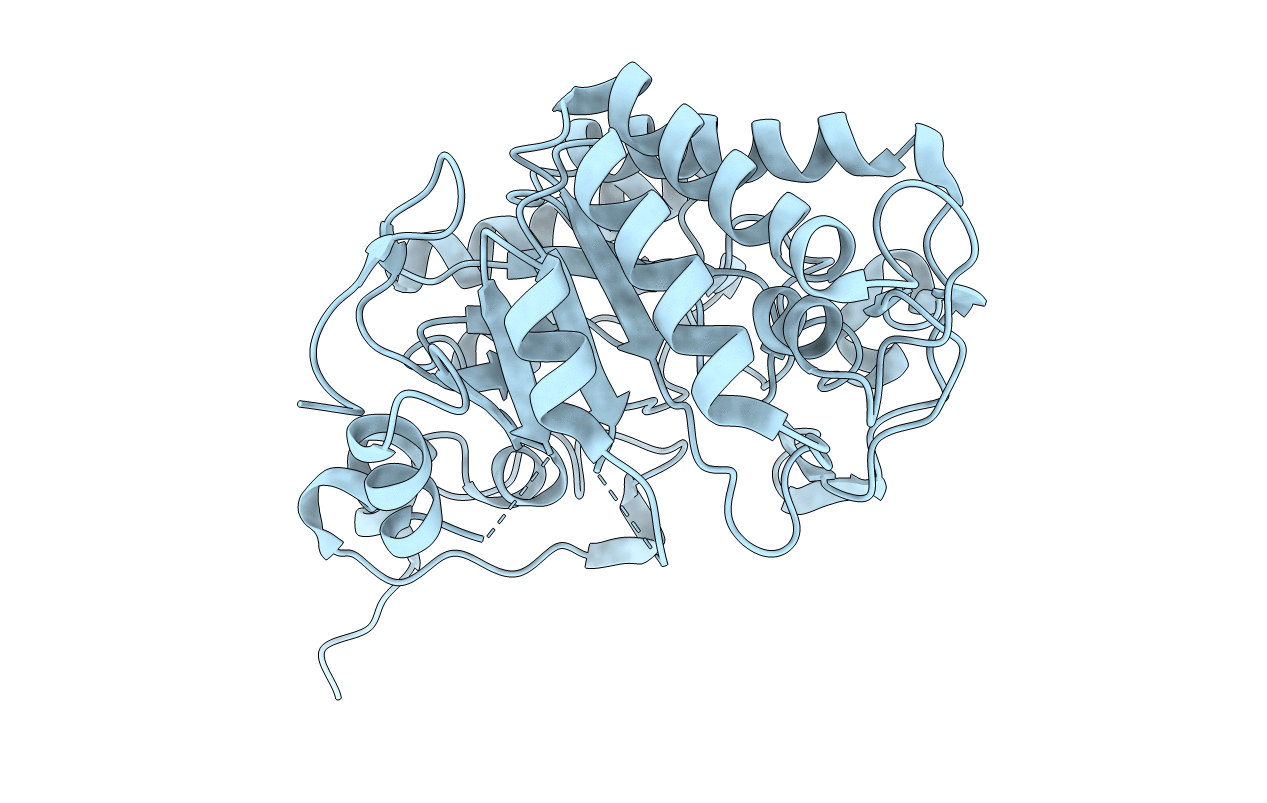
Deposition Date
2015-11-11
Release Date
2016-11-23
Last Version Date
2024-05-08
Entry Detail
PDB ID:
5EPD
Keywords:
Title:
Crystal structure of Glycerol Trinitrate Reductase XdpB from Agrobacterium sp. R89-1 (Apo form)
Biological Source:
Source Organism:
Agrobacterium tumefaciens (Taxon ID: 358)
Host Organism:
Method Details:
Experimental Method:
Resolution:
2.10 Å
R-Value Free:
0.26
R-Value Work:
0.19
R-Value Observed:
0.20
Space Group:
P 21 21 21


